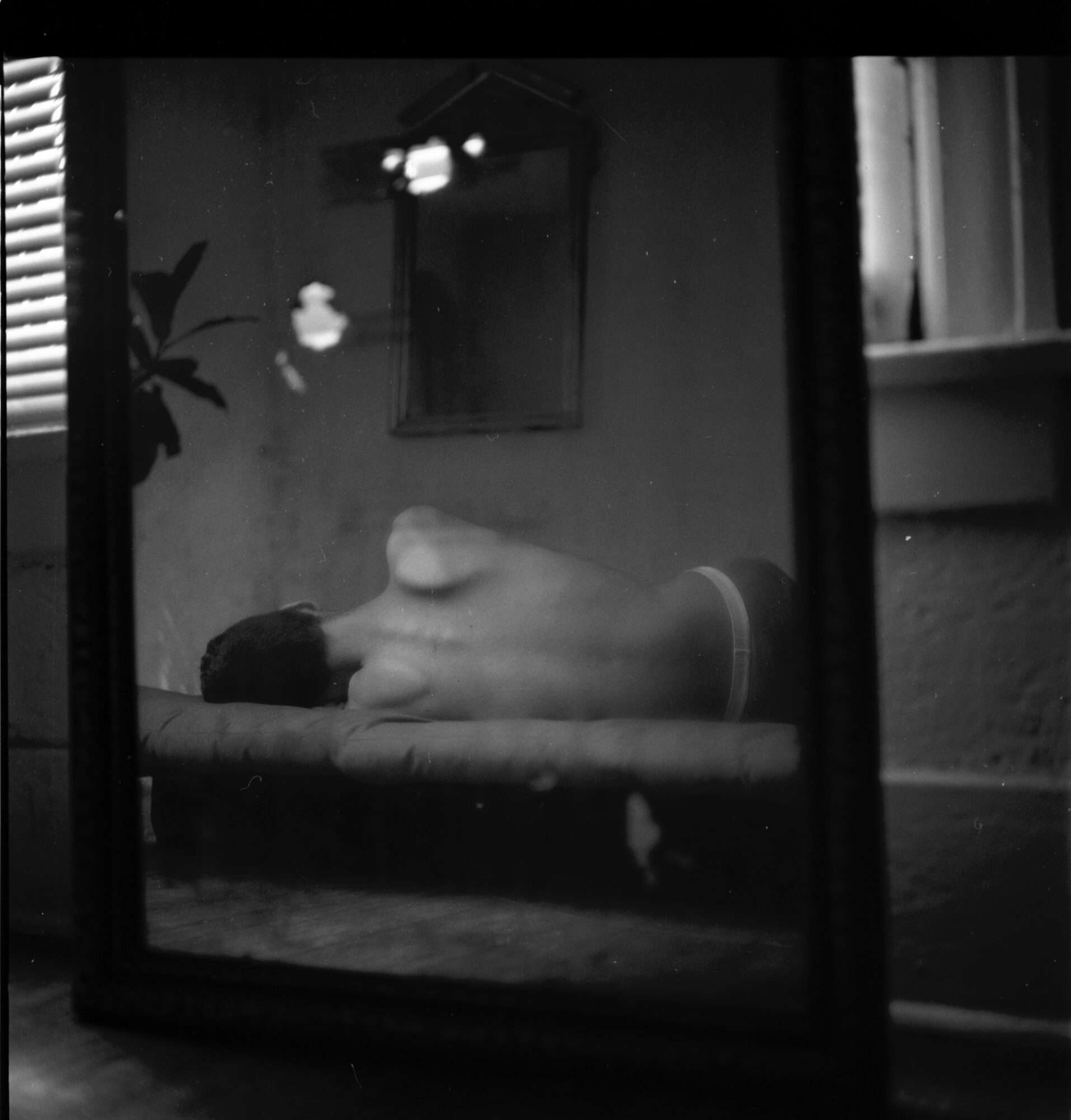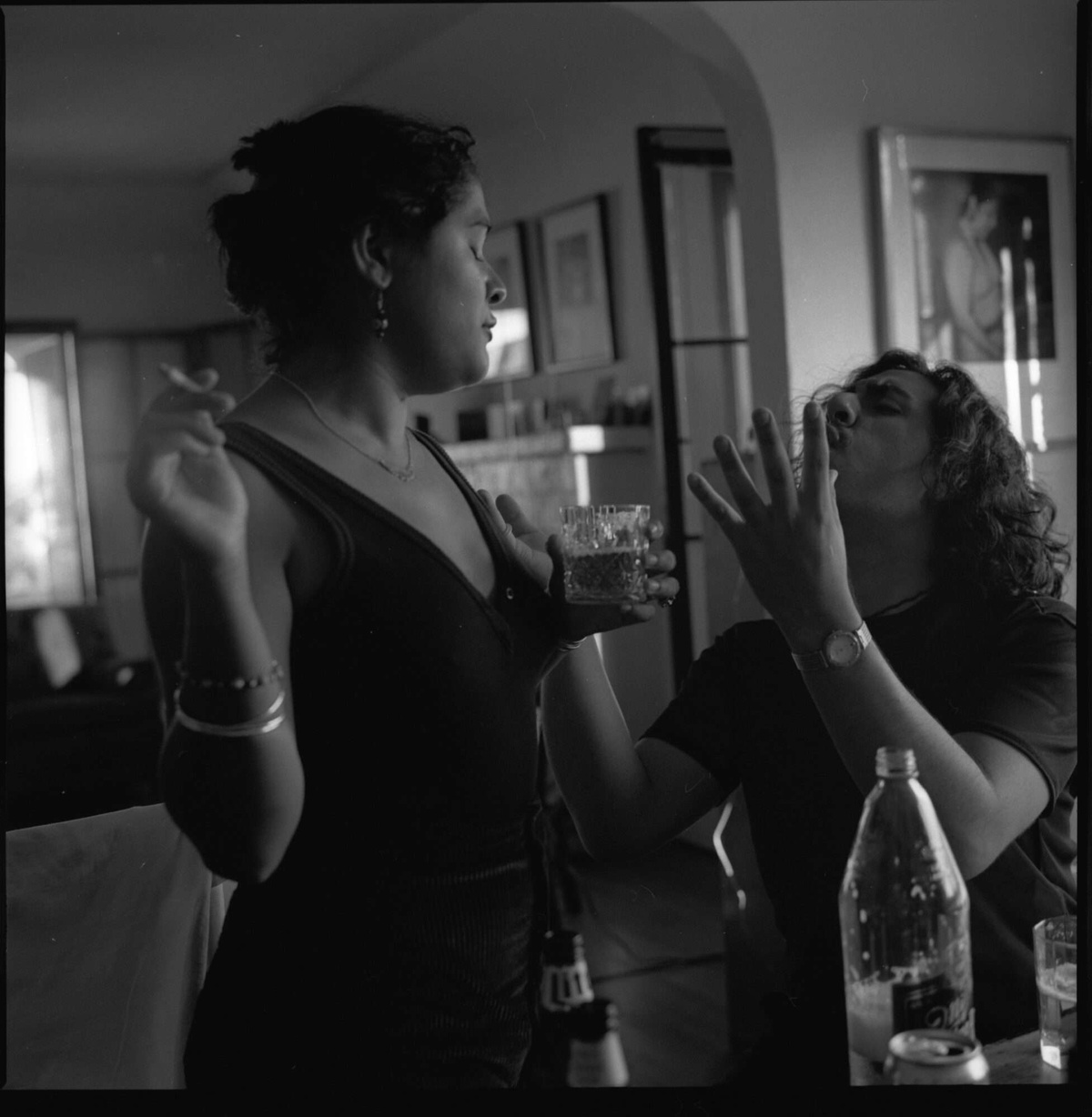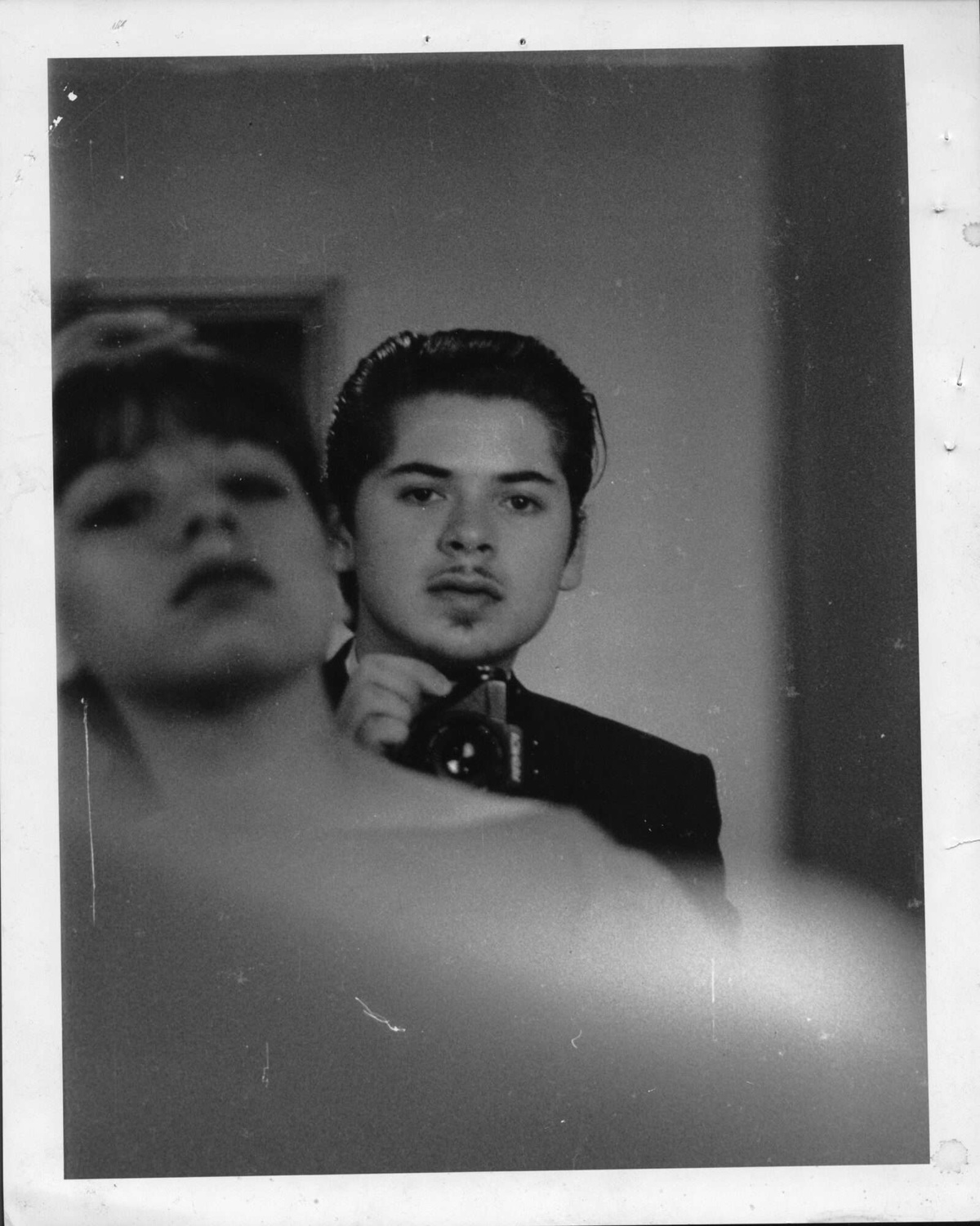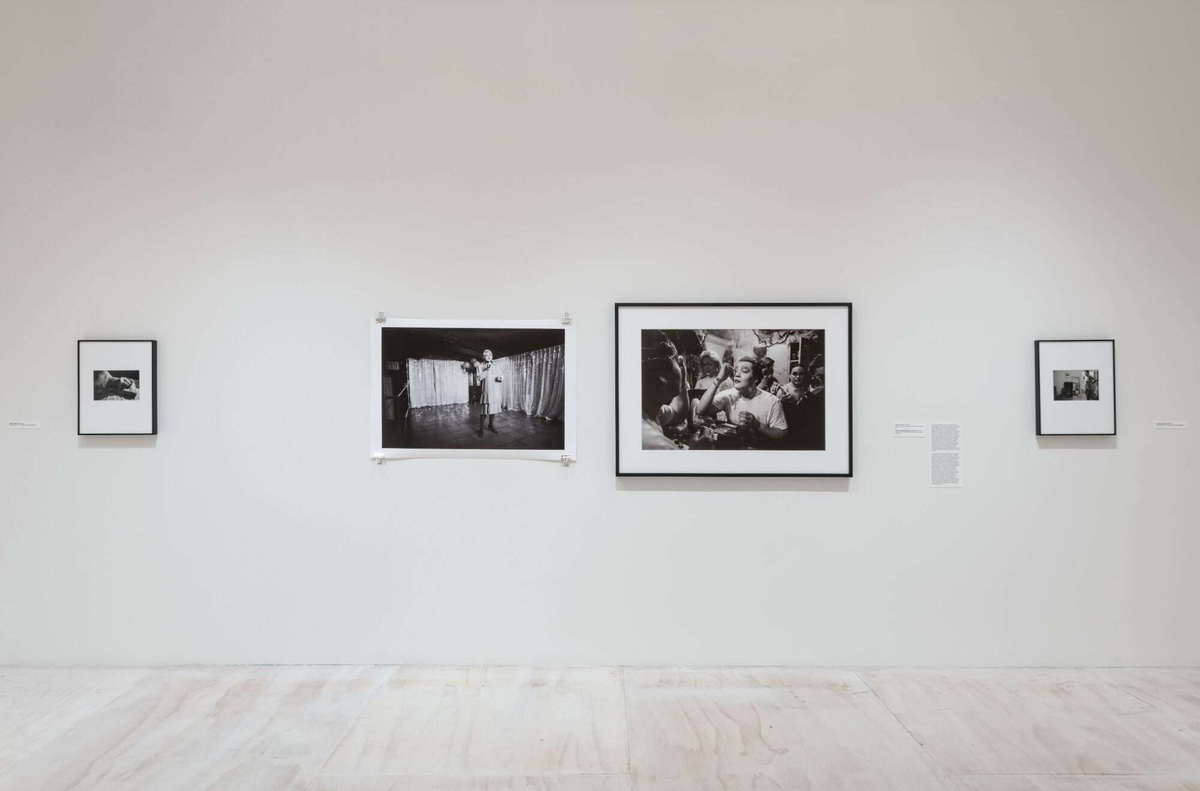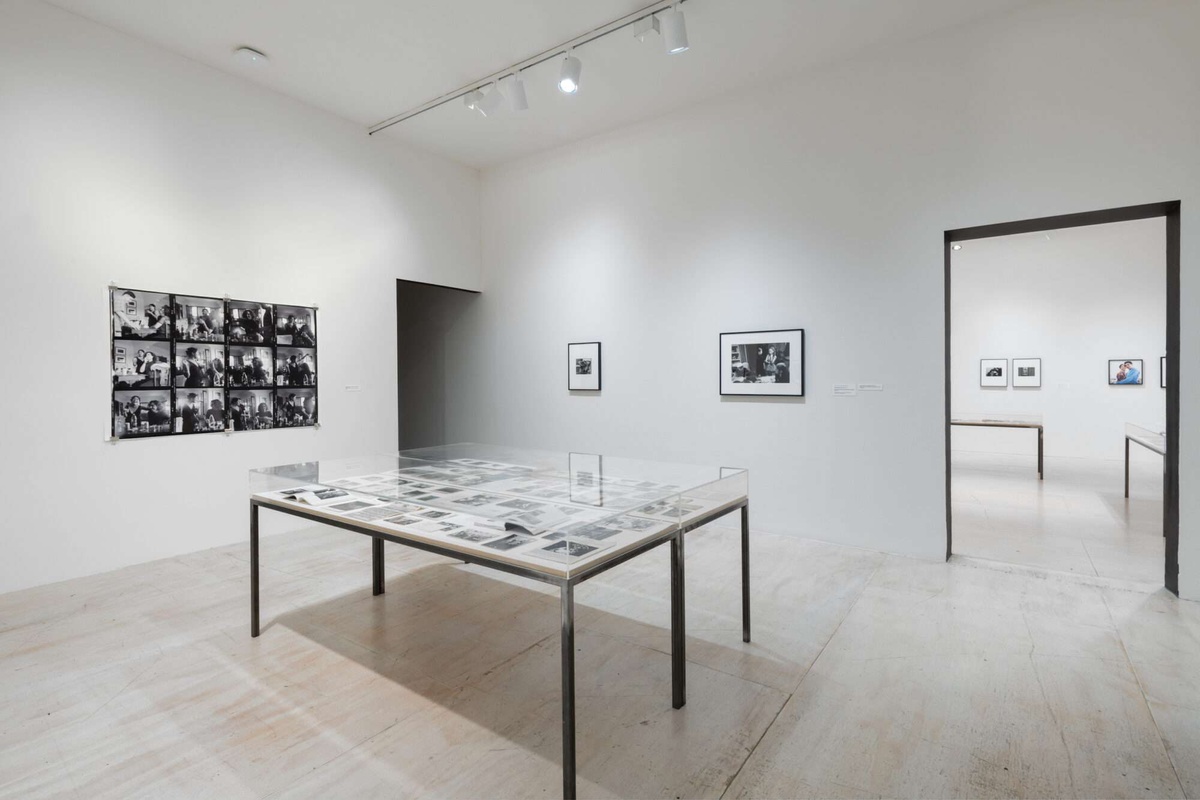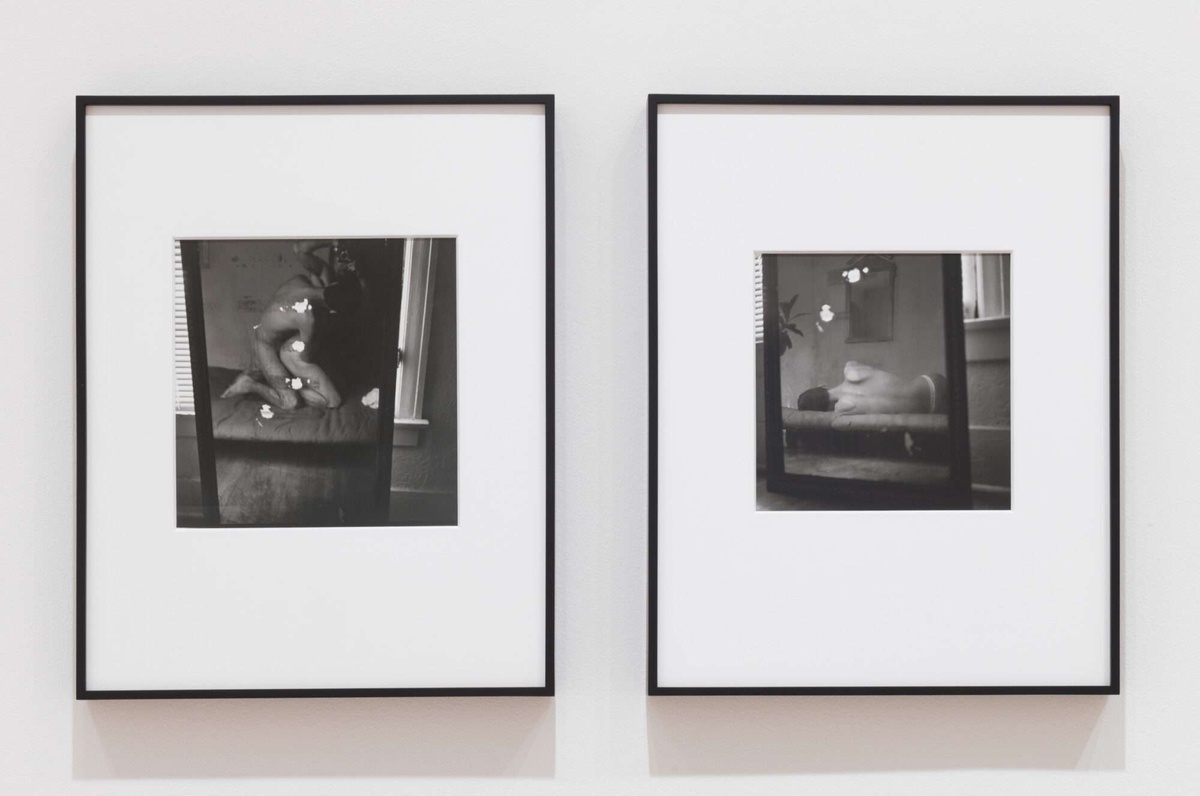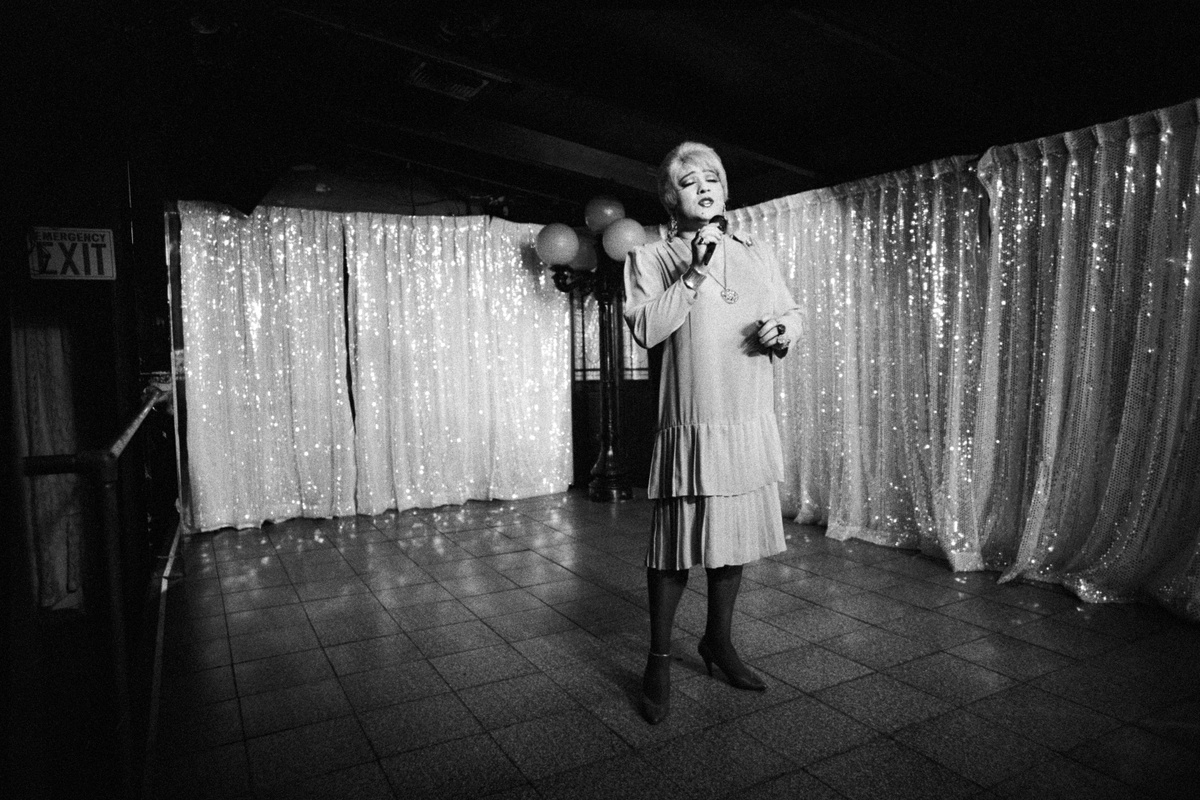Reynaldo Rivera
May 16 – Sep 9, 2024
- Past
- Exhibition
Image: Reynaldo Rivera. Carla, Echo Park. 1997. Courtesy the artist and Reena Spaulings Fine Art; Video: Filmed by Elle Rinaldi, Video Editing by Elle Rinaldi, Audio Recording by Nora Rodriguez, Graphic Design by Julia Schäfer
This spring, MoMA PS1 presents the first solo museum exhibition of artist Reynaldo Rivera (b. 1964, Mexicali, Mexico), including iconic works and never-before-seen photographs from his archive. The presentation features over forty black-and-white and color photographs that span the 1980s through today, alongside a film newly edited from Hi8 footage. Raised between Mexicali, Los Angeles, Stockton, Pasadena, and San Diego de la Unión, Rivera eventually settled in Echo Park, and into the artistic and activist milieu around post-punk. A self-taught photographer, Rivera’s first subjects were those closest to him, including his sisters, who remained muses for decades. His work is informed by the drama and deep emotion of boleros and rancheras, the glamour of Old Hollywood and the Golden Age of Mexican cinema, and predecessors like Brassaï and Cartier-Bresson.
The artist’s pictures of an everyday intercultural bohemia—whether staged or captured behind the scenes—reveal their subjects as they desire to be seen: as stars in a film of their own making. Canonizing lovers, sisters, and idols, both famous (Annie Lennox, Daniel Martínez) and lesser-known (Cindy Gomez, Ceri Zamora), Rivera skilfully harnesses available light to expose even the darkest corridors.
Reynaldo Rivera lives and works in Los Angeles. Recent solo exhibitions have been organized by Reena Spaulings Fine Art, Los Angeles and New York (2023, 2021). He has participated in group exhibitions at The Museum of Contemporary Art, Los Angeles (2023), the Michael C. Carlos Museum, Emory University, Atlanta (2023), and the Princeton University Art Museum (2022). His work featured in Made in L.A. 2020: a version at the Hammer Museum and the Huntington Library, Los Angeles. His first monograph, Provisional Notes for a Disappeared City, was published by Semiotext(e) in 2020. Rivera’s photographs are in the permanent collections of MOCA, Los Angeles; the J. Paul Getty Museum, Los Angeles; The Hammer Museum, Los Angeles; and The Museum of Modern Art, New York.


